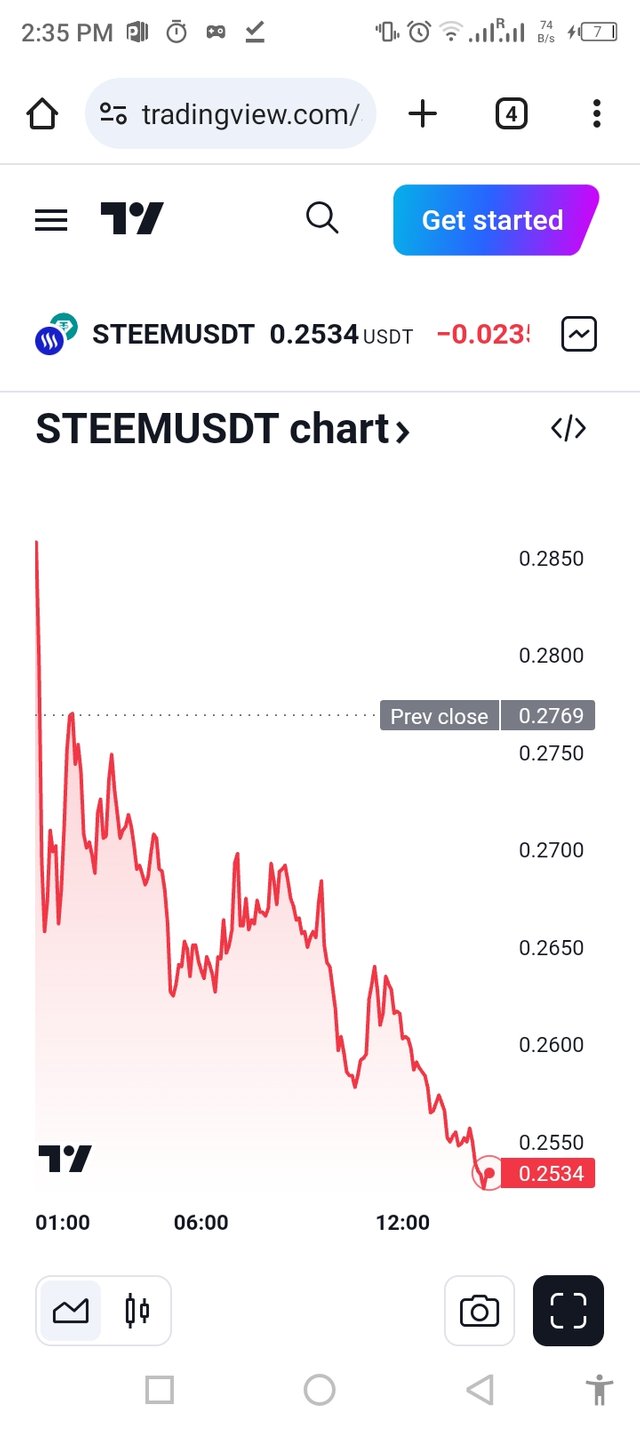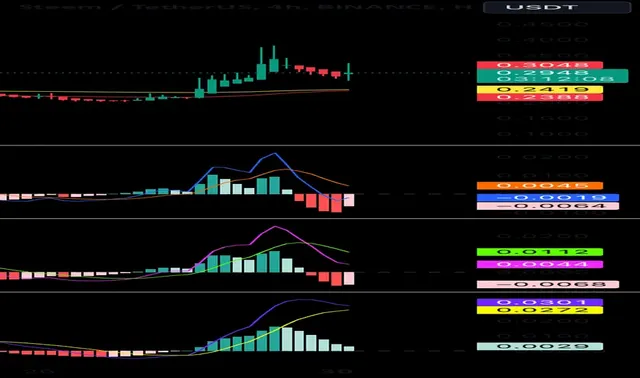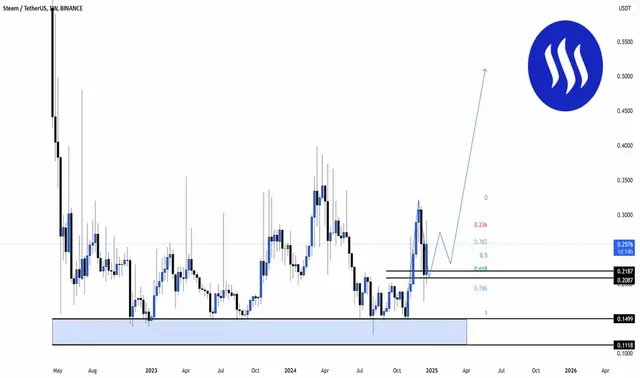Happy new year to all Steemians here and beyond ❤️❤️. I want to gladly appreciate the organizer of this content. It's my first time of applying for a crypto journal in this community. I would be grateful if my writing is favourably considered.
When I talk about Foundation, I am referring to the building-blocks of risk management. When the foundation is not well structured, it would affect the bearing. In crypto-world, there are some foundations laid that may lead to crashes; and there are some kind of foundations that may improve the crypto-world. This direct us to the principles of risk management in cryptocurrency trading.
Like I said earlier, the only way to have a solid foundation for your crypto trading, is to design a guilding principle that will help to foster positive results. I'm going to highlight few of them and also be-in-details. Please stay through:
- Introduce a position size mechanism into your portfolio
Many traders have had foundational breakup and yet couldn't rectify it, due to lack of principle set-up. I think the biggest approach a trader could take before investing on any assets is to introduce a position size mechanism into his/her portfolio.
Such person can use the ATR and Bollinger bands indicator to maximize or minimize the position size. For instance, when there's high volatility, crypto traders must have the enthusiasm to reduce their position size, and this action will help in escaping future losses. The same thing happens when there's higher volatility, there's an opposite reaction.
Now, what is/are Position size?
Position size in a lay man understanding is diversifying your investment capital on multiple assets to avoid possible breakdown. For instance, I have 500,000 Naira and I want to invest on Steem/USDT, from the merging of crypto-charts, it would be possible that every coins can either depreciate or appreciate dependent on the success of Bitcoin on the margin.
Now, the best approach to use is to apply the mechanism of position sizing, with this mechanism, I won't have to invest everything on a single cryptocurrency. This is to avoid potential losses, instead, I will or may diversify the money. Buy coins from other assetian, and then trade on it in my portfolio. There's no how that if Steem/USDT crashes, same will be applicable for other assets. Of course, five to three out of 15 precisely would be of good results.
- Build a stop-loss strategies for your crypto.
You may not understand how significant this is until this principle is been structured. Build a stop-loss strategy. This will help in controlling your crypto. Stop-loss create a limits for each operation or trading of your assets in the markets. It also makes your assets not to lose direction. So the quality of results whether positive or negative will be determined if this strategy is been implemented.

Screenshot from my phone
- Readiness to embrace risk management
This is more importantly impactful as a trader. You must be ready to answer this risks. It's certain that every businessman undergo risks. Whether small or big. Now, the problem here is when you do not have the strength to manage the set-in risks.
What is risks?
Risks are foreign equations with variables. The variables here can be in the direction of losses or in the direction of expenditure. What action do you take when the assets in your portfolio depreciates?
Ability to bear risks will safeguard you in taking positive actions like:
- Continual investment no matter what
- Diversification of your assets
- Planning to fail and to win approach.
This is serve as a cursor for your directives. Once you have this integral knowledge, then it'll help you in managing risks.
- Strategizing on Portfolio diversification.
I read a book written by one of the top-crypto experts in the markets. I capture the part that says: don't put all your eggs in one baskets. With that line, I could symbolically understand the framing nailing of what diversification is all about. And like I said in Position sizing, this can be closely related and applicable in the realm spectrum of trading. This is similar to one fixing his/her trust on one source of income, which is very bad.
When your assets is generalized, it would be of more profits than losing. For instance, having 19 assets in your portfolio would be so appreciative. At least out of the 19, 50% of the assets would speak good.
Furtherly,
Different assets in portfolio = Help in avoiding many losses.
The first thing to consider while calculating Risk/ratio reward profits, take note of this measures:
- The entry points or price
- The Exit points or stop-loss level.
The entry points is the beginning of the trading, while the Exits is the stop-loss level. Here, the risks is the uniqueness between the entry points and the Exit point, while the potential reward is the uniqueness between the entry points and the profit making level. Risk reward ratio [RRR] or R³ is then calculated by dividing the occuring risks by the occuring reward.
Let Occuring risks represent OR¹
Let Occuring reward represent OR².
Mathematically,
R³ = OR¹ ÷ OR².
Note: A deprive ratio indicates an exciting trading state.
Inorder to leverage, the following Indicators must be considered, this indicators are applied due to the performance of Steem/USDT ultimatum.
- BB [Bollinger Bands]
This indicator works in dynamic way such as: displaying price bands around a growing range, where wider bands indicate higher volatility and narrower bands indicate lower volatility.
- ATR [Average True Range]
The ATR does this by providing insight into the height of market fluctuation, giving traders the loop to create stop-loss levels, determine flexible sizes of position, recognize potential break points.
From all I've said above, one cannot develop a Risk-Adjusted strategy if there's no mutual experience in that direction. Mostly for Steem/USDT, this strategy can be developed by habitating consistency, acknowledging your objectives; using adaptative materials to study the scale of the markets like verified charts, risk calculators and native algorithm.
This approaches of consistency has really dealt tremendously with me, mostly in the field of personal investment. I have learnt to study the system as if I'm incorporated biologically into the crypto-bloodstream.
There's a popular saying that says: when you fail to plan, you plan to fail. So your foundation would become penetrated and biased the moment you fail to draw mappings, plan for your trading career. This are hypothetical scenario.
So, in conclusion, I would advised or my propose key takeaways for improving future strategies is for one to at least work on the foundation. If the foundation has a nice structure, then risks can be managed. But if there's no good foundation, then there will be crashes.


https://x.com/savi567/status/1874453484638248979
Downvoting a post can decrease pending rewards and make it less visible. Common reasons:
Submit